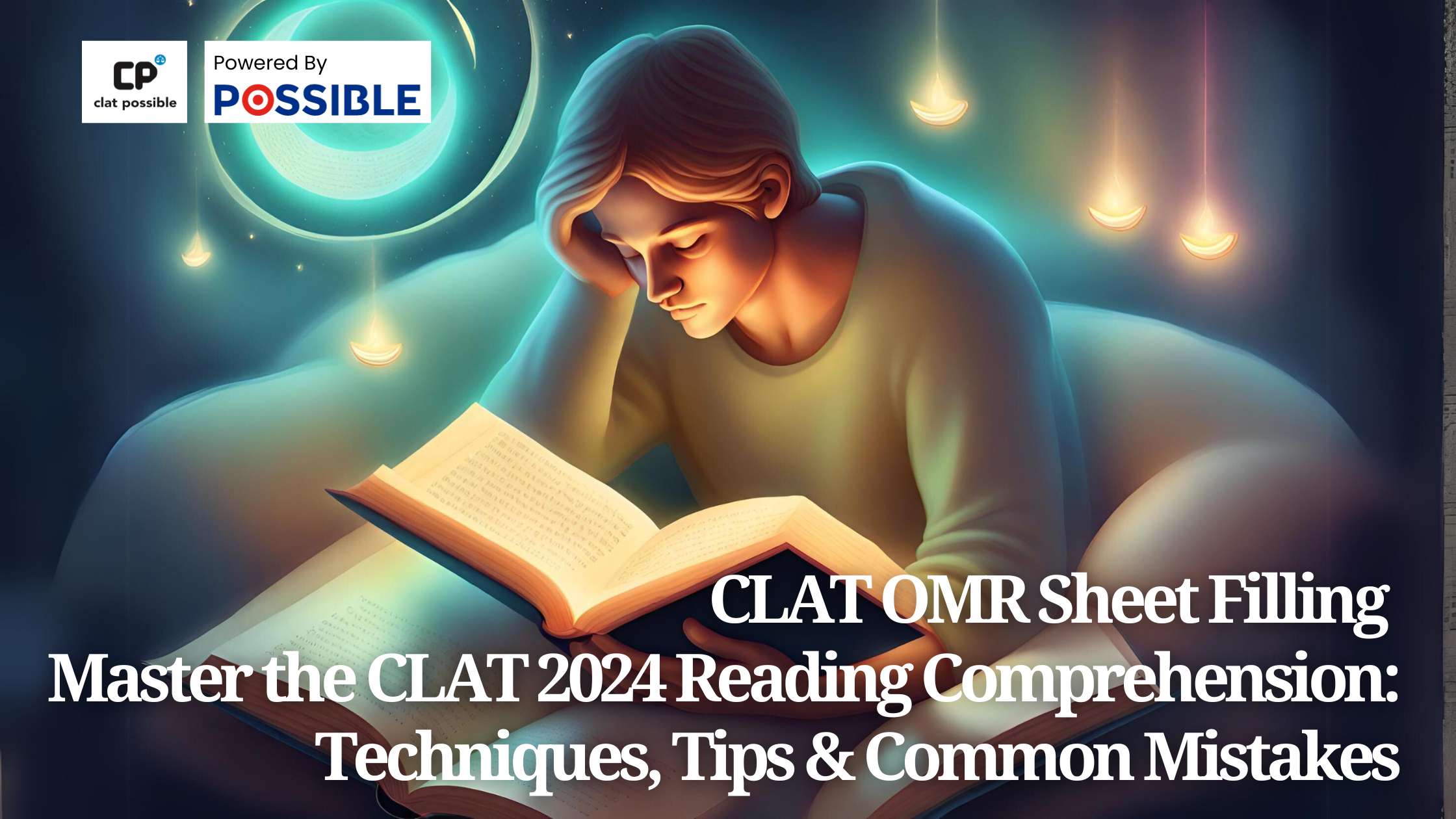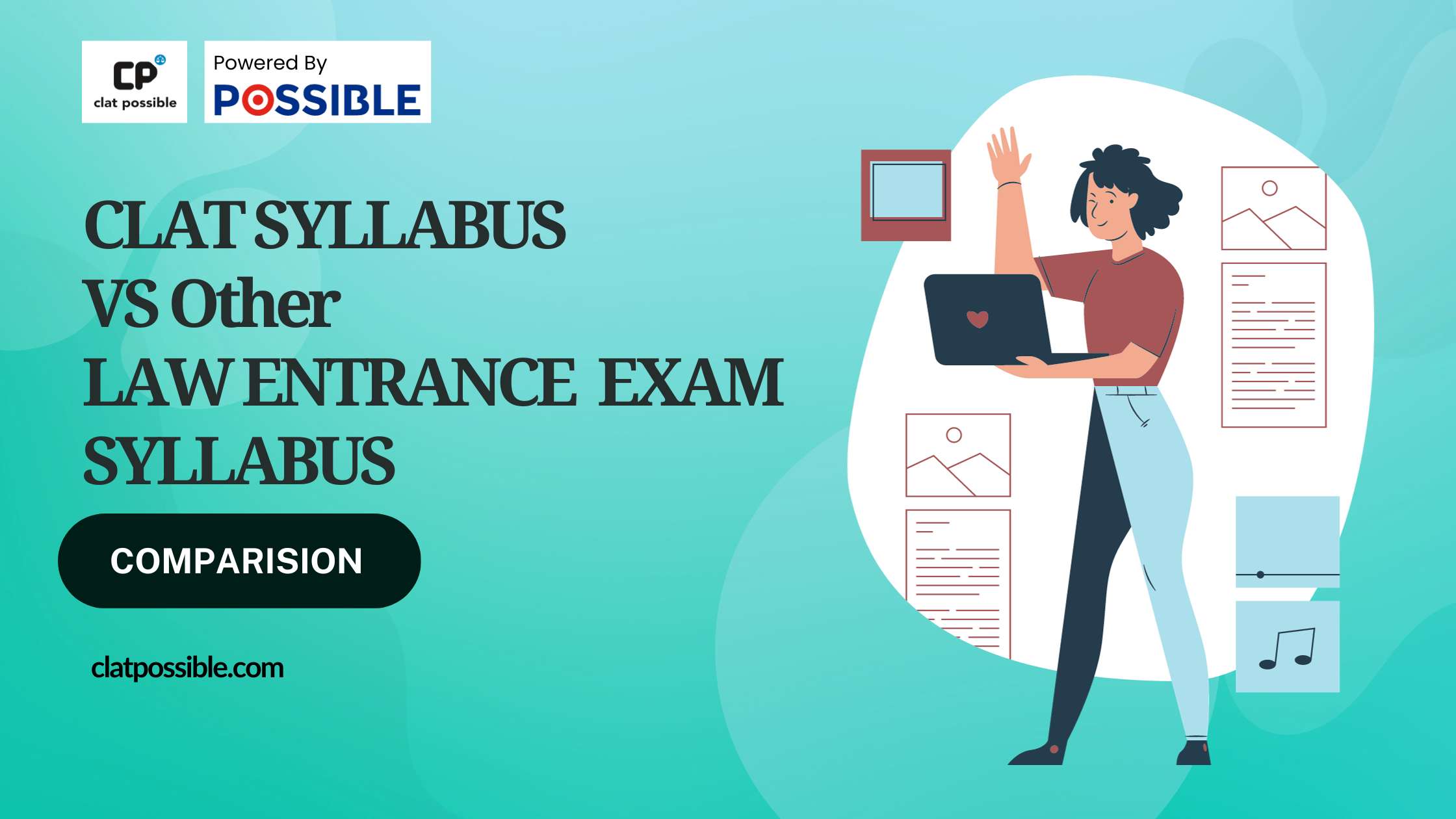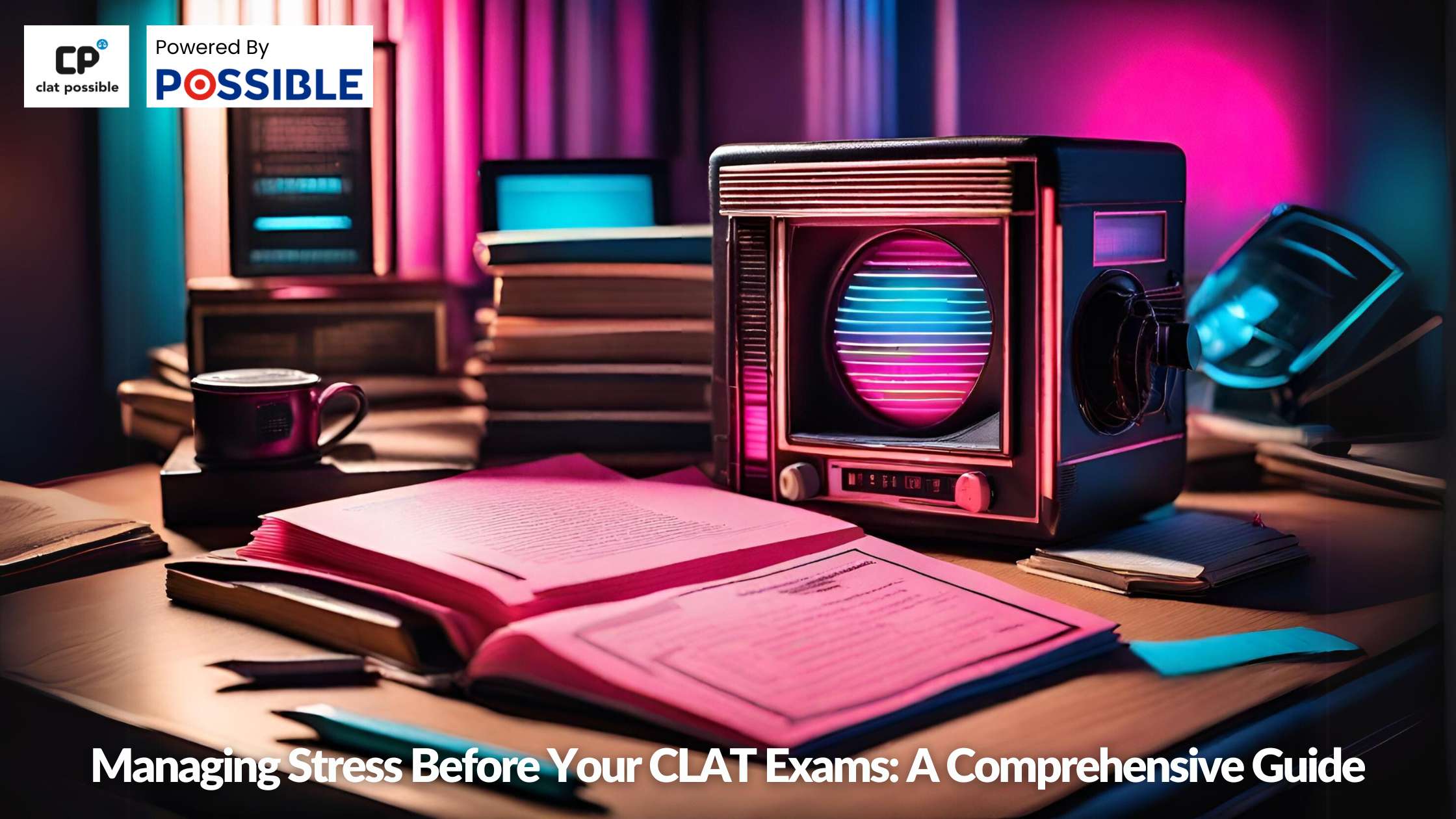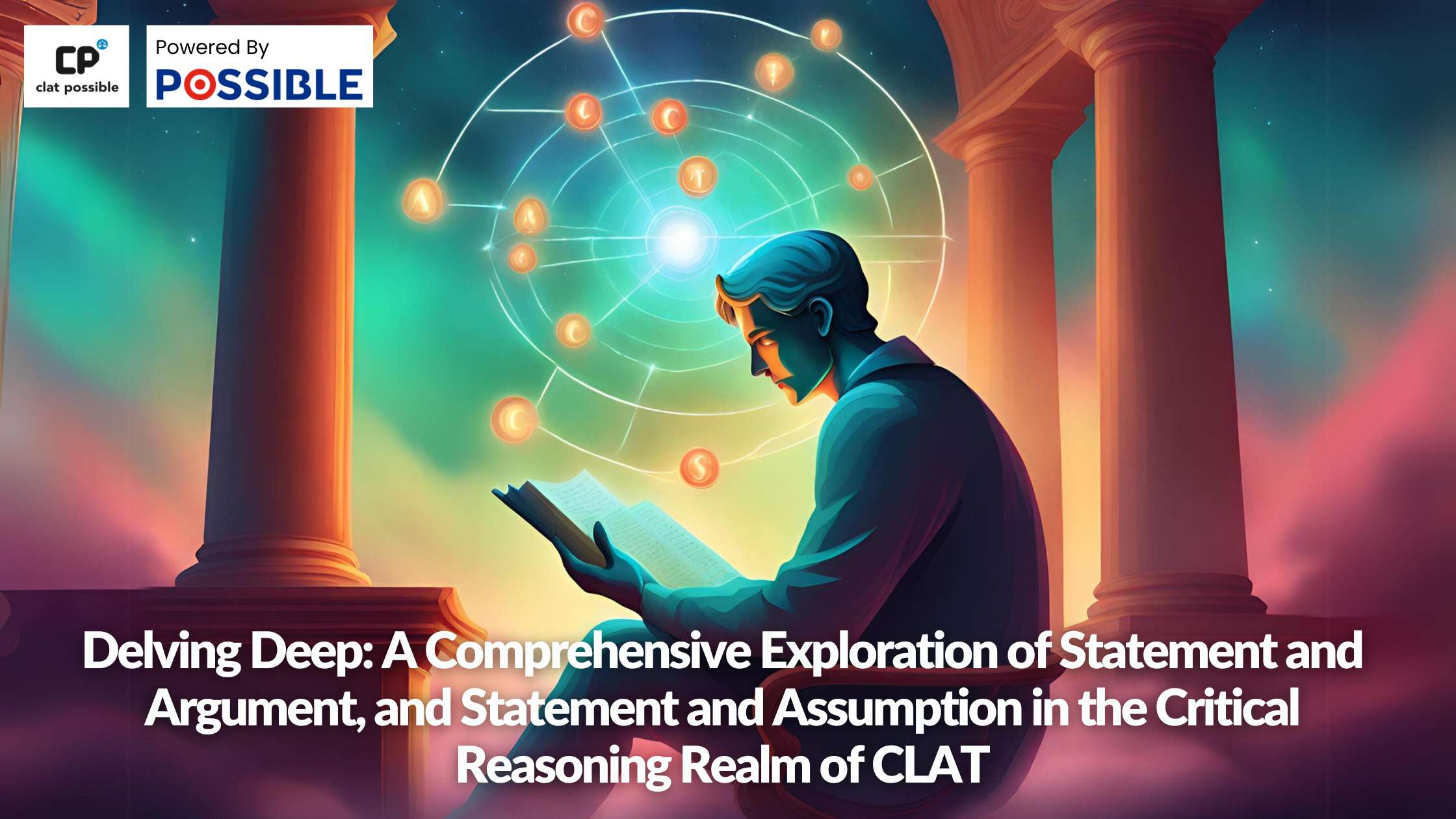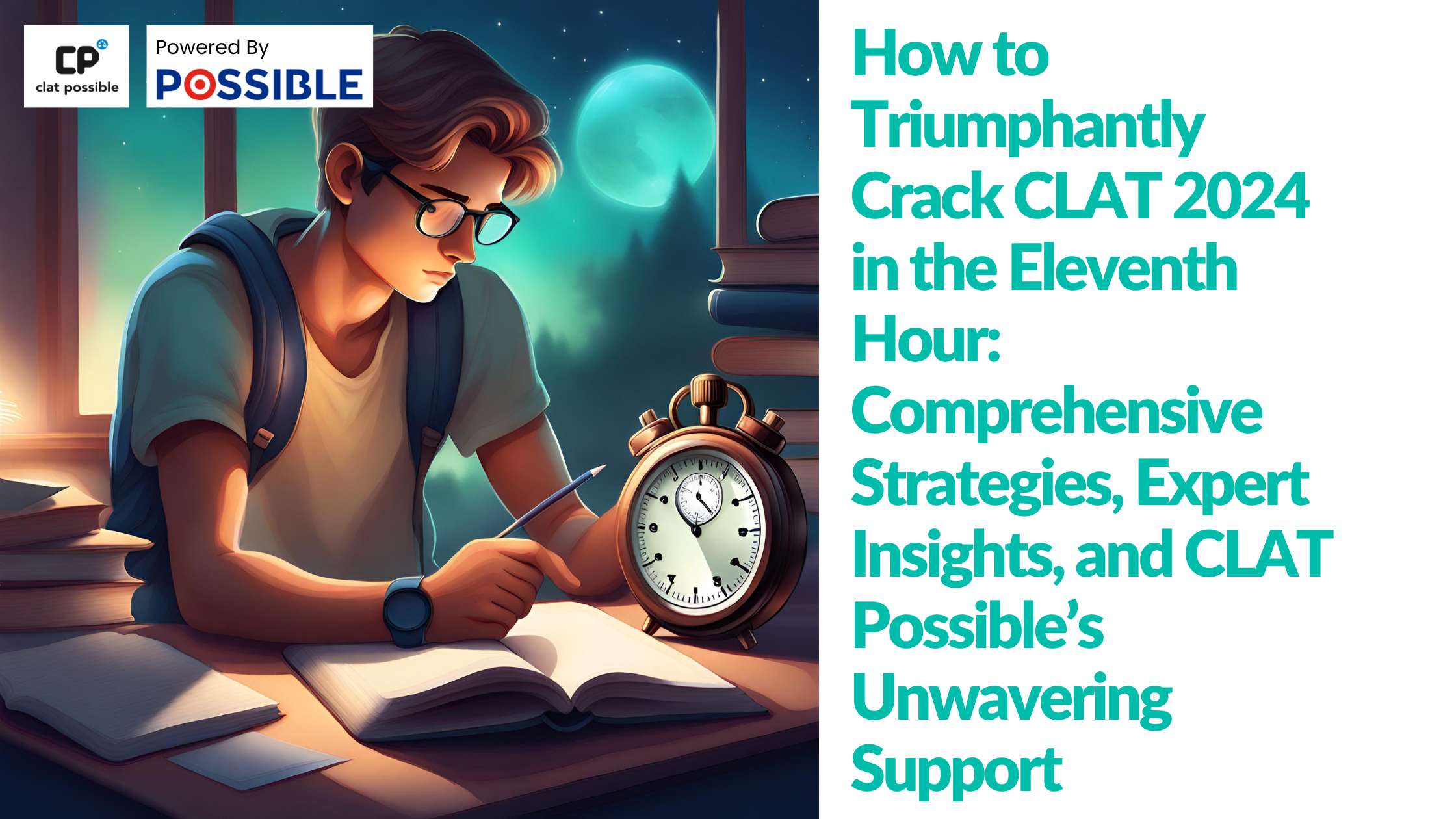
With the announcement from the Consortium of NLUs regarding the CLAT 2024 examination scheduled for December 3, 2023, the clock is ticking for all aspirants. Now is the time to transition from passive preparation to active testing, using mock tests as a vital tool. But merely taking these tests isn’t enough; it’s the in-depth analysis after that genuinely makes the difference. Let’s embark on a comprehensive journey to understand the nuances and strategies of mock test analysis for CLAT.
The Significance of Analyzing CLAT Mock Tests:
Benchmarking Your Progress: By routinely evaluating and analyzing your mock test results, you gain an accurate gauge of your current preparation status. It presents a clear perspective, highlighting both your formidable areas and those needing fortification.
Strategizing with Precision: Grasping the intricacies of your performance in various sections allows you to tailor-make a study strategy that’s efficient and effective. It’s all about optimizing your study hours.
Break the Cycle of Repeated Mistakes: Each mock test analysis serves as a feedback loop, providing insights into the errors you made and offering a golden chance to learn and avoid them in subsequent tests.
The Power of a ‘Mock Diary’ in CLAT Preparation:
To track your evolution as a CLAT aspirant, consider maintaining a ‘Mock Diary.’ This organized approach involves creating a structured table where you diligently record scores for every mock test you attempt. As the entries grow, you’ll witness a graphical representation of your academic trajectory, making it easier to pinpoint growth spurts and plateaus.
A Step-by-Step Guide to Efficiently Analyzing Your CLAT Mock Test:
Retrospection through Re-attempt: Post the initial attempt, revisit the mock. This serves a dual purpose: reinforcing correct strategies and uncovering alternative approaches to questions.
Zeroing in on Errors: Prioritize questions you got wrong. Engage in discussions with teachers or study groups to demystify these challenging areas, ensuring the same pitfalls are avoided in the future.
Deconstructing Mistakes: It’s one thing to identify an error and another to truly understand why it happened. Dive deep into the logic behind the correct answer to internalize the concept.
Venturing into Uncharted Territories: During your re-attempt, venture boldly into questions you previously skipped. This exercise helps you prepare for scenarios where time might be crunching during the actual examination.
Subject-specific Focus: A negative score in any subject is a red flag. It beckons you back to the basics, urging you to strengthen foundational concepts in that area.
Strengths vs. Weaknesses Dichotomy: Your mock diary, over time, becomes a mirror reflecting your academic strengths and vulnerabilities. Use this reflection to recalibrate your preparation strategy.
Blueprint for Future Mocks: Every mock test is a new chapter of learning. Drawing insights from one test should shape the strategy for the next, refining your approach each time.
Chasing Excellence with Target Scores: Challenge yourself. With each mock test, elevate your goals. Pin a target score for every section, keeping it slightly above your previous best, pushing your boundaries.
In Conclusion:
Mock tests are more than just a series of questions; they’re a barometer of your readiness, a mirror reflecting your strengths and weaknesses, and most importantly, a tutor teaching you the art of mastering CLAT. Initial setbacks are just stepping stones. Armed with resilience, persistence, and the right analytical approach, success in CLAT is not just a possibility; it’s a guarantee!
FAQs
What makes analyzing CLAT mock tests so crucial?
It’s the backbone of effective preparation. Analysis offers a snapshot of your standing, guides your strategic approach, and helps nip recurring mistakes in the bud.
How does a ‘Mock Diary’ augment my CLAT preparation?
A ‘Mock Diary’ systematically tracks your performance, allowing you to visually chart your progress, and fine-tune your strategies based on tangible data.
Is focusing on incorrect answers more important than reviewing the correct ones?
Both are crucial. While incorrect answers provide learning opportunities, revisiting correct ones ensures the reinforcement of the right techniques and methods.
For more informative blogs on CLAT 2024 Preparation, Click Here!

